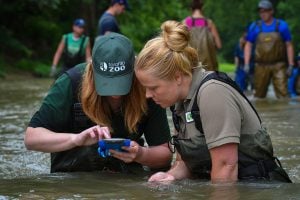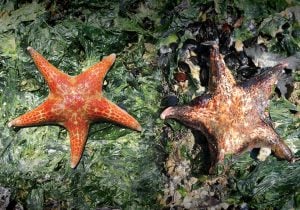The five key ecological principles that guided the research about designating protected areas in Canada. (Illustration courtesy Laura Coristine)
Using these five principles, the team devised a preliminary framework that could help identify areas with the greatest ecological potential. By pinpointing areas with the greatest amount of endangered species, diverse ecosystems, intact wilderness, effective connectivity and resilience to climate change, and comparing them to existing protected areas, the researchers were able to identify gaps in current conservation efforts across the country and zero in on priority areas for protection.
The research is “a really important stepping stone” on the journey to reaching Canada’s conservation target, says Aerin L. Jacob, an ecologist and one of the study’s lead authors. According to Jacob, what needs to follow is a more rigorous plan that involves the extensive engagement of government, relevant stakeholders and local communities.
To spark that engagement, the researchers developed an interactive planning tool that presents the data in a user-friendly format. “There are a lot of stakeholder groups that really want to help, that really want to plan, but many of them don’t have the technical expertise and the data,” says Richard Schuster, a conservation biologist who led the development of the application. The tool will help users visualize gaps and opportunities and in turn, set their own conservation goals.
“The social science of engaging with people in a productive way and bringing together many different views is one of the most fascinating parts of conservation,” says Jacob. “How do we all sit down together and come up with something that works for people and for nature?”
Moving forward, the study authors say the conversation about protected areas must address what exactly the government and the public want to see protected in Canada. The framework doesn’t prioritize any of the five conservation goals—instead, they want Canadians to use their data and set their own priorities.
Coristine says Canadians need to first and foremost understand why conservation is important.
“If we want our children or our grandchildren to have the same quality of life that we do, the same animals in their world, the same ecosystems, then we need to make sure we’re doing a good job for wildlife in Canada.”





